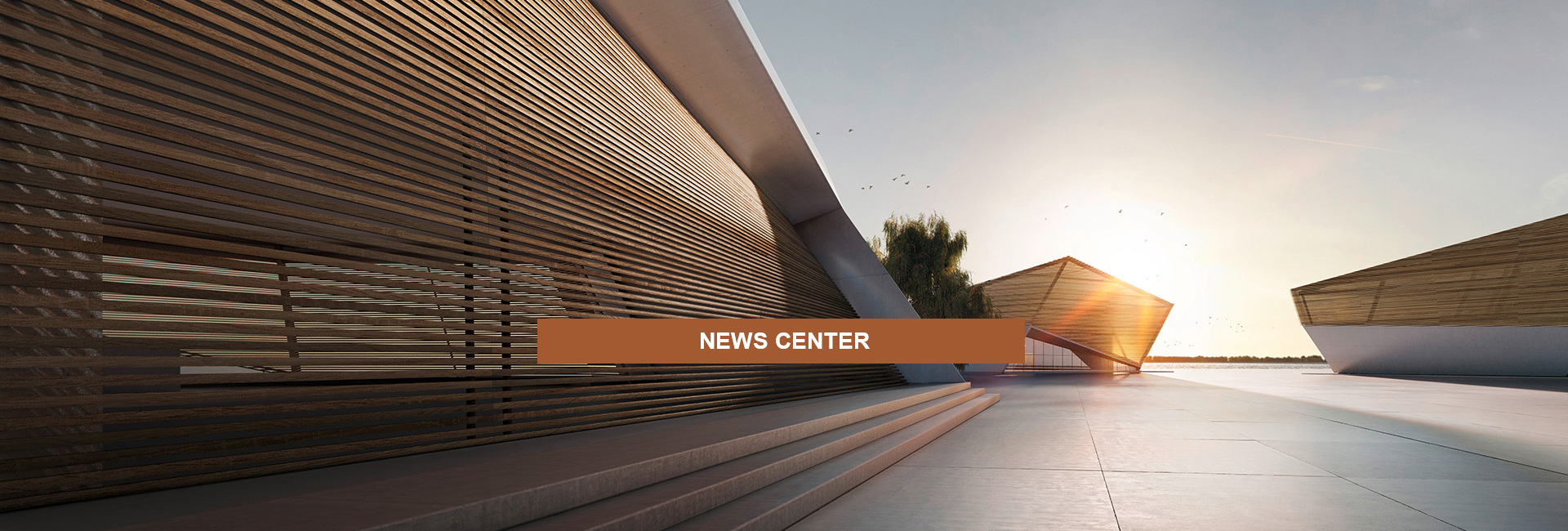


Why is marble called marble? Marble is mainly formed
All of us have heard the common word for marble. We will come across this word when we buy ceramic tiles. Since ceramic tiles are divided into materials, including marble tiles, many people don’t know why marble is called marble. There are many in their hearts. Doubt, so there is no way to make a final decision, and they don't know what the main composition of marble is. Let's take a look together.
Why is marble called marble
The Dali (English: Marble) rock originally refers to the white limestone with black patterns produced in Dali, Yunnan Province. The section can form a natural ink landscape painting. In ancient times, marbles with shaped patterns were often used to make screens or mosaic paintings. The title of marble gradually developed into the title of all kinds of limestone with various colors and patterns, which are used as building decoration materials. White marble is generally called white marble, but white marble that translates Western-made statues is also called marble. Regarding the title of marble, there is a saying-the quality of marble in Dali was better in the past. Hence the name.
The marble is very beautiful after polishing. It is mainly used for processing into various shapes and plates, as the wall, air, platform, and pillar of the building, and also often used for memorial buildings such as monuments, towers, statues and other materials. Marble can also be carved into applicable works of art, such as arts and crafts, stationery, lamps, and utensils.
Main composition of marble
Marble is a metamorphic rock formed by the original rocks in the earth's crust through the action of high temperature and high pressure in the earth's crust. The internal force of the earth's crust promotes the process of qualitative changes in all kinds of original rocks. Qualitative changes refer to changes in the structure, structure, and mineral composition of the original rocks. The new rock types that have undergone qualitative changes are called metamorphic rocks. Marble is mainly composed of calcite, limestone, serpentine and dolomite, and its main component is calcium carbonate, which accounts for more than 50%.
Others include magnesium carbonate, calcium oxide, manganese oxide and silicon dioxide. Because marble generally contains impurities, and calcium carbonate is easily weathered and corroded by carbon dioxide, carbides, and moisture in the atmosphere, which will quickly lose its luster. The general nature of marble is softer, which is related to granite. In terms of stone. Of course, you don't need to pay attention to this, because this geological age is calculated in billions, and this qualitative change is a limited change in our lifetime.